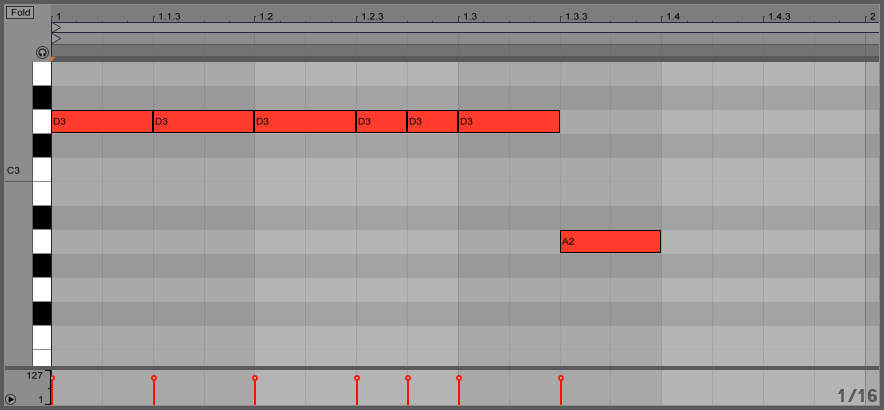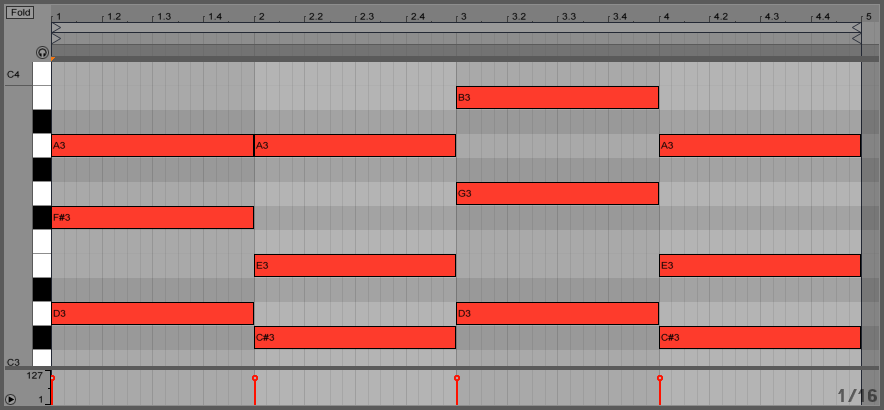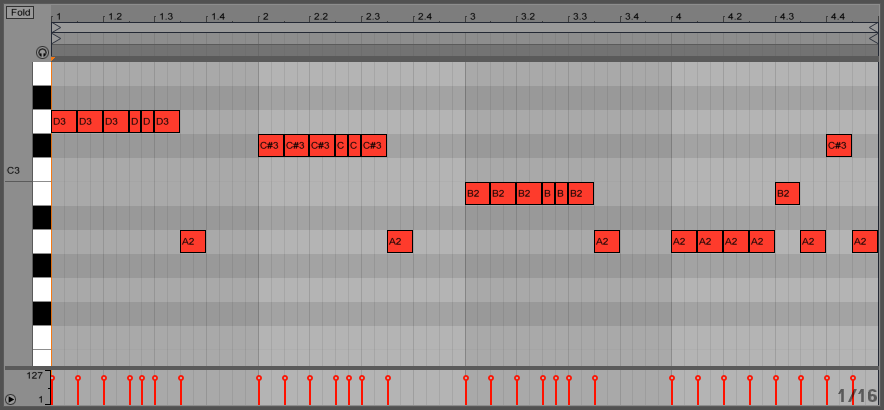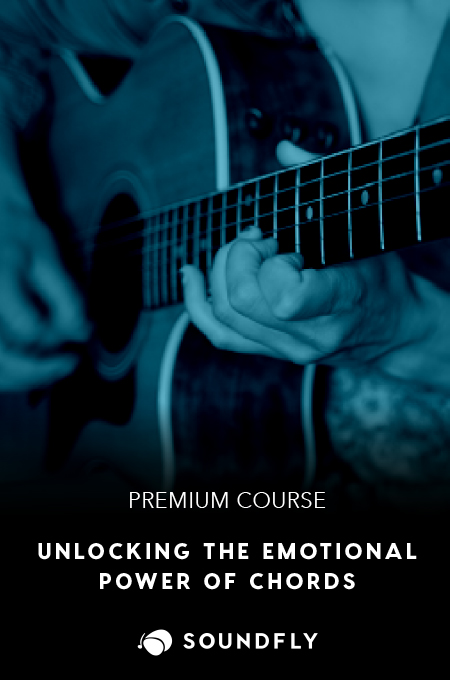+ Welcome to Soundfly! We help curious musicians meet their goals with creative online courses. Whatever you want to learn, whenever you need to learn it. Subscribe now to start learning on the ’Fly.
The Major Scale (also known as the Ionian Mode) is really common and often used as the scale all others are defined against. It’s the “Do, Re, Mi, Fa, So, La, Ti, Do” of solfege fame. On the piano, the major scale is represented by playing all the white keys between C and C, as shown below. Go ahead and play it; you’ll immediately recognize it.

While the major scale is ubiquitous in contemporary western music, don’t let yourself feel too much pressure to master it right away. It’s a complex and nuanced scale like the rest of the white-key scales, and it will become more intuitive the more the time you spend composing with it.
First, let’s look at the intervals in the C major scale as a reference.

Breakdown: Queen and David Bowie’s “Under Pressure”
“Under Pressure” is in the key of D major — two half steps up from C. If you’re working in a DAW, you can click and drag the notes of the C major scale outlined above up two half steps and voila! D major! However, we’ll spell them out for you here as well:
D, E, F♯, G, A, B, and C♯
Let’s take a closer look at “Under Pressure.” Here’s the bass line in standard notation:
Now, for all you Ableton Live users, here’s that bass line written out in MIDI on the piano roll.

The groove may be simple, but its relationship to the song’s chord progression is not. To learn much more about chords and harmony and how they build the emotional structure of a song, you can check out our new course Unlocking the Emotional Power of Chords, but consider this a primer in case you’re ready.
The first chord is a D major chord (D, F♯, and A), which makes the I (tonic) chord. The second chord consists of the notes C♯, E, and A, which make up an A major chord — also known as the V chord in this context because it starts on the fifth note of the D major scale. The third chord is a G major chord (D, B, and G), which is the IV chord because it starts on the fouth note of the D major scale.
Any permutation of the I, IV, and V chords from a key is going to sound good, and every permutation has been used many thousands of times over (especially when it’s in the 12-bar-blues form).

This progression very eloquently illustrates one of the most basic functionalities of western tonal music — the subdominant (IV chord – G), moving to the dominant (V chord – A), and resolving to the tonic (I chord – D). This is a sound that transcends all genre barriers and ties tons of music together. We can find a very rich body of work in this sound throughout history, from classical music, to much folk music, to contemporary pop hits of each generation.
Eventually, the bass line drops down an octave and changes its stubborn pedaling to play chord tones along with the rest of the rhythm section. It starts with the same old D and A. Next, it moves to C♯ and A for the A chord. Then it moves to the B chord but still keeps the pressure on with that non-chord-tone A. Finally, it rounds off with a pleasant, resolute walk-up, bouncing back up between notes of the major scale and A, which is the root of the chord. Classic!

One other interesting thing about the I-IV-V progression is that, within the chord tones of this progression, it collectively outlines the entire major scale. Remember, the I chord is D, made up of the notes D, F♯, and A; the V chord is A, made up of the notes A, C♯, and E; and the IV chord is G, made up of the notes G, B, and D.
Together, that’s D, E, F♯, G, A, B, and C♯ — all the notes in the D major scale! Consolidating all these notes within one four-bar progression firmly roots this song into the key of D major.
Play with “Under Pressure”
Using NYU MusEDLab’s embedded aQWERTYon widget here, or by joining our free Theory for Producers: The White Keys and Major Modes course and playing along to several other songs in different keys and modes, you can play along to “Under Pressure” directly in your browser! See if you can follow along with the chord changes, nail that classic bass line, or simply fuss around in the key of D Major.
Otherwise, here’s the full song for you to jam along to on your instrument of choice!
Explore how common music theory is used in pop songs like “Superstition,” “Get Ur Freak On,” “Teenage Dream,” and many more and how you can use the same basic theoretical concepts to add color and complexity to your songs with our free Theory for Producers series.
Want to get all of Soundfly’s premium online courses for a low monthly cost?
Subscribe to get unlimited access to all of our course content, an invitation to join our members-only Slack community forum, exclusive perks from partner brands, and massive discounts on personalized mentor sessions for guided learning. Learn what you want, whenever you want, with total freedom.



